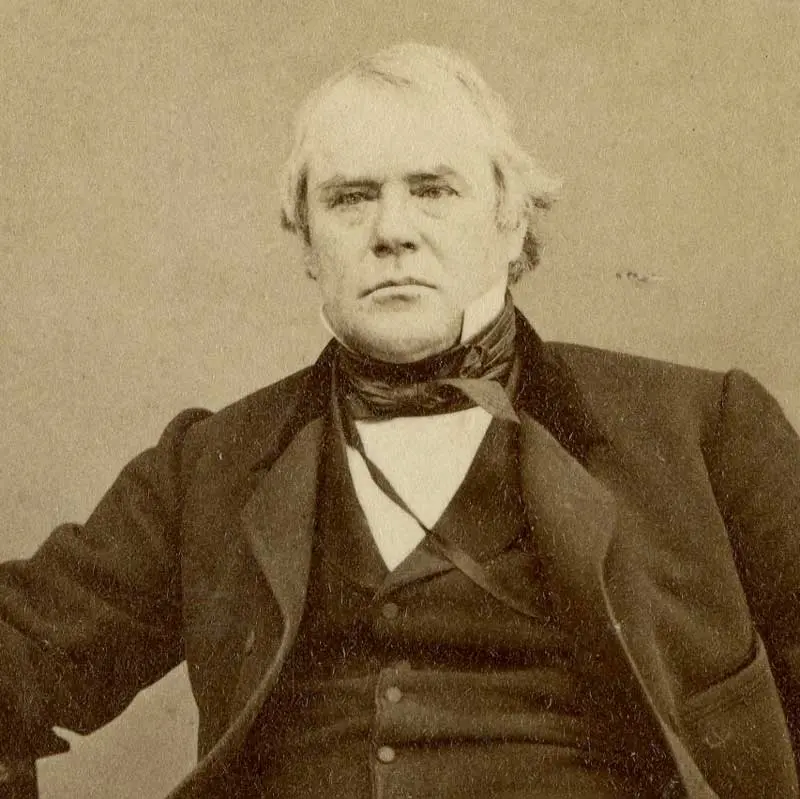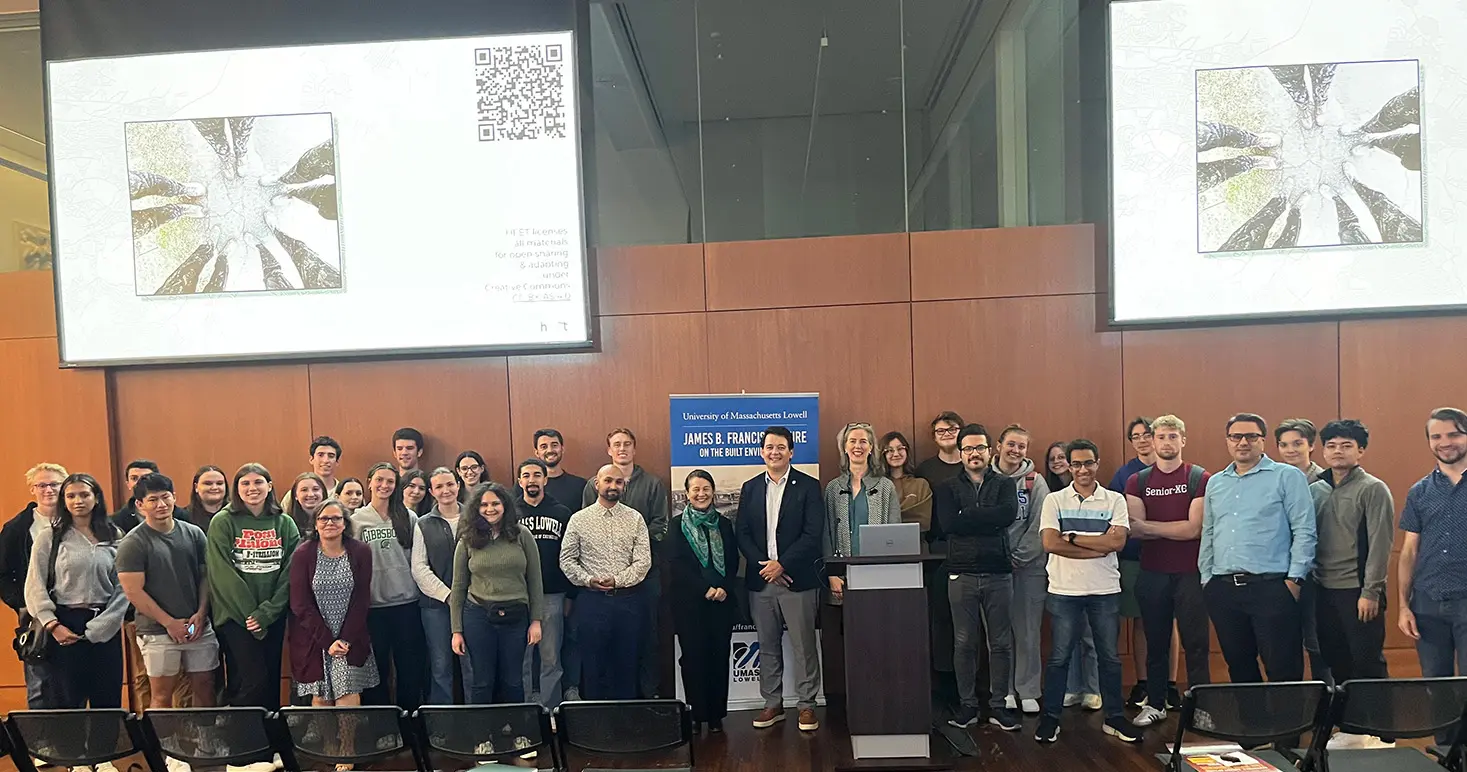The James B. Francis Lecture on the Built Environment
 Image by Edward Hajduk
Image by Edward Hajduk
The James B. Francis Lecture on the Built Environment takes place each fall at the University. Invited speakers are leading scholars, practitioners, or advocates that have made significant contributions to issues related to the built environment (that is, the impact of man-made structures or activities on the natural environment).
The lecture series is named for James B. Francis, a 19th-century engineer who had an instrumental role in shaping the city of Lowell. His numerous inventions and his contributions to landscape and city planning exemplify the layered connections between human interventions and the environment this series hopes to underscore.
This annual event is sponsored by the the UMass Lowell Architectural Studies Program, the Department of Environmental, Earth and Atmospheric Sciences, and the Civil and Environmental Engineering Department to foster inter-disciplinary connections for students, faculty and the public.
For more information, contact Marie Frank by email: Marie_Frank@uml.edu.





